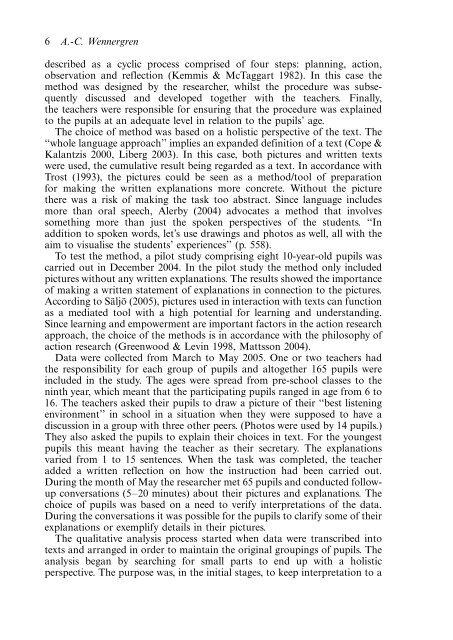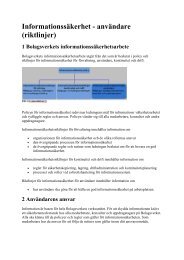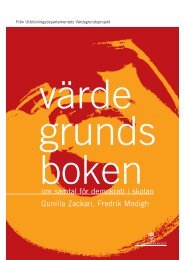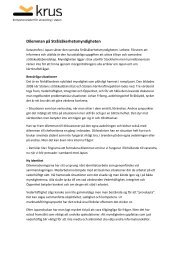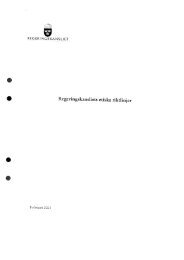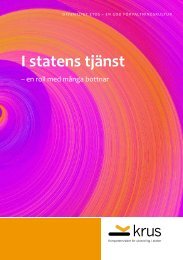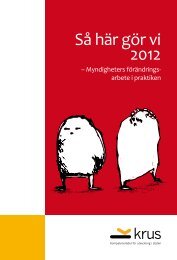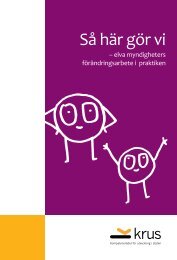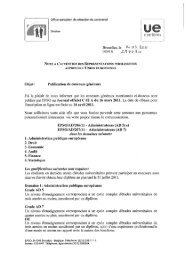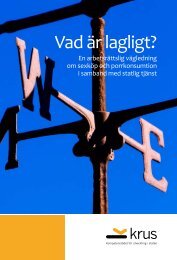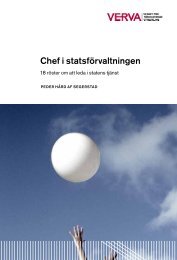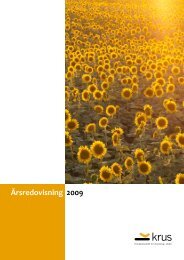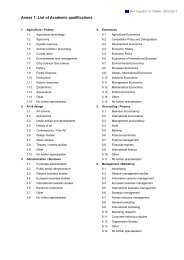Dialogkompetens i skolans vardag - Publikationer - LTU - Luleå ...
Dialogkompetens i skolans vardag - Publikationer - LTU - Luleå ...
Dialogkompetens i skolans vardag - Publikationer - LTU - Luleå ...
Create successful ePaper yourself
Turn your PDF publications into a flip-book with our unique Google optimized e-Paper software.
6 A.-C. Wennergren<br />
described as a cyclic process comprised of four steps: planning, action,<br />
observation and reflection (Kemmis & McTaggart 1982). In this case the<br />
method was designed by the researcher, whilst the procedure was subsequently<br />
discussed and developed together with the teachers. Finally,<br />
the teachers were responsible for ensuring that the procedure was explained<br />
to the pupils at an adequate level in relation to the pupils’ age.<br />
The choice of method was based on a holistic perspective of the text. The<br />
‘‘whole language approach’’ implies an expanded definition of a text (Cope &<br />
Kalantzis 2000, Liberg 2003). In this case, both pictures and written texts<br />
were used, the cumulative result being regarded as a text. In accordance with<br />
Trost (1993), the pictures could be seen as a method/tool of preparation<br />
for making the written explanations more concrete. Without the picture<br />
there was a risk of making the task too abstract. Since language includes<br />
more than oral speech, Alerby (2004) advocates a method that involves<br />
something more than just the spoken perspectives of the students. ‘‘In<br />
addition to spoken words, let’s use drawings and photos as well, all with the<br />
aim to visualise the students’ experiences’’ (p. 558).<br />
To test the method, a pilot study comprising eight 10-year-old pupils was<br />
carried out in December 2004. In the pilot study the method only included<br />
pictures without any written explanations. The results showed the importance<br />
of making a written statement of explanations in connection to the pictures.<br />
According to Säljö (2005), pictures used in interaction with texts can function<br />
as a mediated tool with a high potential for learning and understanding.<br />
Since learning and empowerment are important factors in the action research<br />
approach, the choice of the methods is in accordance with the philosophy of<br />
action research (Greenwood & Levin 1998, Mattsson 2004).<br />
Data were collected from March to May 2005. One or two teachers had<br />
the responsibility for each group of pupils and altogether 165 pupils were<br />
included in the study. The ages were spread from pre-school classes to the<br />
ninth year, which meant that the participating pupils ranged in age from 6 to<br />
16. The teachers asked their pupils to draw a picture of their ‘‘best listening<br />
environment’’ in school in a situation when they were supposed to have a<br />
discussion in a group with three other peers. (Photos were used by 14 pupils.)<br />
They also asked the pupils to explain their choices in text. For the youngest<br />
pupils this meant having the teacher as their secretary. The explanations<br />
varied from 1 to 15 sentences. When the task was completed, the teacher<br />
added a written reflection on how the instruction had been carried out.<br />
During the month of May the researcher met 65 pupils and conducted followup<br />
conversations (520 minutes) about their pictures and explanations. The<br />
choice of pupils was based on a need to verify interpretations of the data.<br />
During the conversations it was possible for the pupils to clarify some of their<br />
explanations or exemplify details in their pictures.<br />
The qualitative analysis process started when data were transcribed into<br />
texts and arranged in order to maintain the original groupings of pupils. The<br />
analysis began by searching for small parts to end up with a holistic<br />
perspective. The purpose was, in the initial stages, to keep interpretation to a


